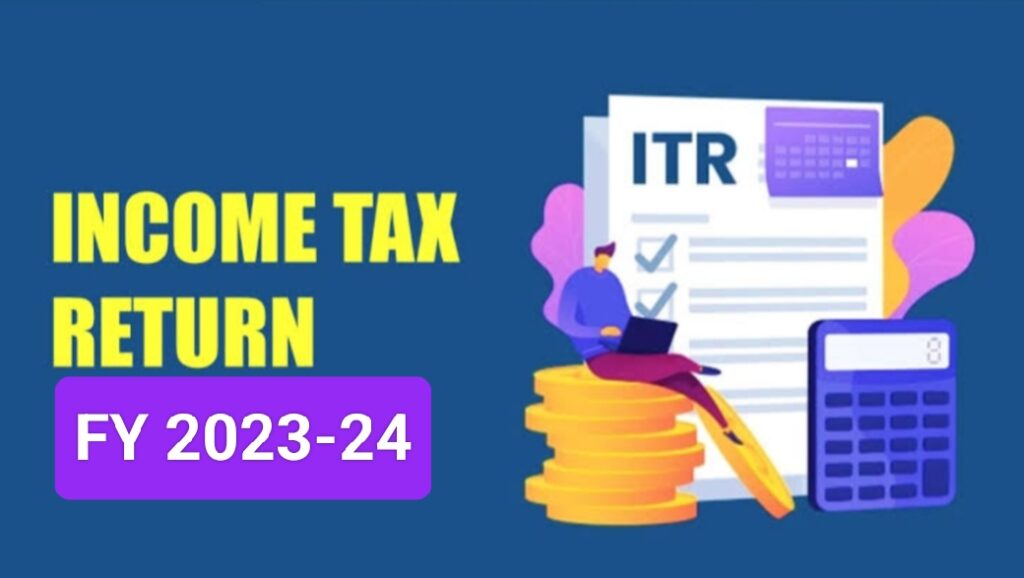The new tax regime was introduced in Budget 2020 to simplify tax calculations and offer concessional tax rates.
As the deadline for filing your Income Tax Returns (ITR) approaches, it’s crucial to decide whether to stick with the old tax regime or switch to the new one. But why is this choice so important? Let’s explore the circumstances under which the new tax regime can benefit you and how it differs from the old tax regime.
Introduction of the New Tax Regime
The new tax regime was introduced in Budget 2020 to simplify tax calculations and offer concessional tax rates. Unless you specifically opt for the old tax regime, the new one is considered the default, and your income tax liability will be calculated accordingly. Additionally, if you miss the 31st July deadline for filing your taxes, you’ll automatically be placed under the new tax regime, as the option to choose the old regime will no longer be available.
Also Read: Union Budget 2024: What all can FM Sitharaman offer on the income tax front for taxpayers
Income Slabs and Tax Rates under the New Regime
Here’s a quick overview of the applicable tax rates under the new regime:
| Income Slab | Tax Rate |
| Up-to 300000 | Nil |
| Above 300000 To 600000 | 5% (Rebate u/s.89A applies) |
| Above 600000 To 900000 | 10% (Rebale u/s. 89A applies up-to 7 Lakh) |
| Above 900000 To 1200000 | 15% |
| Above 1200000 To 1500000 | 20% |
| Above 1500000 | 30% |
Deductions and Exemptions under the New Tax Regime
Unlike the old regime, which had over 70 exemptions and deductions, the new regime offers fewer deductions. However, some key deductions and exemptions are still available:
- Allowed Deductions and Exemptions:
- Transport allowance for specially-abled persons.
- Conveyance allowance for employment-related expenses.
- Allowance for tour, transfer, or travel expenses.
- Daily allowance for ordinary expenses due to absence from duty.
- Perquisites for official purposes.
- Exemptions on voluntary retirement, leave encashment, and gratuity.
- Interest on home loans for let-out property (Section 24).
- Gifts up to ₹50,000.
- Employer’s contribution to NPS (Section 80CCD(2)).
- Additional employee cost deduction.
- Standard deduction of ₹50,000 (from FY 2023-24).
- Family pension scheme deduction (Section 57(iia)).
- Deposits in the Agniveer Corpus Fund (Section 80CCH(2)).
- Deductions and Exemptions Not Allowed:
- Deductions under Section 80TTA/80TTB.
- Professional tax and entertainment allowance.
- Leave Travel Allowance (LTA).
- House Rent Allowance (HRA).
- Allowances to MPs/MLAs.
- Minor child income allowance.
- Helper allowance.
- Children education allowance.
- Special allowances (Section 10(14)).
- Additional depreciation (Section 32(1)(iia)).
- Deductions under sections 32AD, 33AB, 33ABA.
- Deductions for donations or expenditure on scientific research (Section 35).
- Deductions under Section 35AD or 35CCC.
- Interest on housing loans for self-occupied or vacant property (Section 24).
- Chapter VI-A deductions (except Sections 80CCD(2) and 80JJAA).
- Deductions for any other perquisites or allowances, including food allowance.
- Employee’s own contribution to NPS.
- Donations to political parties or trusts.
- Family pension income deduction (allowed from FY 2023-24).
- Standard deduction of ₹50,000 (allowed from FY 2023-24).
When the New Tax Regime is Preferable
The new tax regime may be advantageous if you prefer a simpler process with fewer deductions from your income. It is ideal for individuals who do not want the hassle of extensive documentation when filing their ITR.
If your income is up to ₹5,00,000, the new regime can be beneficial due to a higher basic exemption limit of ₹3,00,000 compared to ₹2.5 lakh in the old regime. Additionally, if your total deductions do not exceed ₹1.5 lakh, the new regime might be more favorable.
To make an informed decision, assess your outflows and the deductions and exemptions available under both regimes. Use the Income Tax Department’s tax calculator to compare your income under both regimes before making a final choice.
Read More
Tax Exemption on Leave Travel Allowance (LTA) as per Income Tax Act 1961
Income Tax Implications of ESOPs on Employees: A Comprehensive Guide

